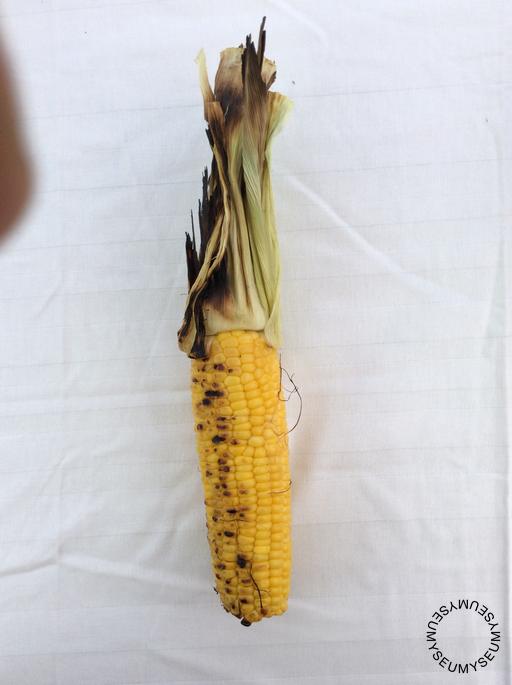How is this object or story important to you?
There's these little tendrils of meaning that come out of the corn in every direction. There's a poem by Pablo Neruda that really resonates with me. It's called "Ode to Maize". It notes that corn connects all of America, North and South. The corn connects us to the food we eat and how it has changed. There is something lamentable about this. There is so much destruction in our country of the culture of the Indigenous peoples. Which was so lamentable. It's very sad. How I connected to this is the industrialization of agriculture in Toronto. The food system has changed so much. It's quite profound. We live in the most biologically diverse and productive areas of the world. You can actually see the light produced by photosynthesis from space. The use of herbicides makes migration for the monarch butterfly almost impossible. Corn gives us life and yet also the way we grow it causes so much destruction.
What does it add to the story of Toronto?
The centre of industrialized agriculture was around King and Strachn. Right downtown Toronto now. There have been so many changes in the landscape of the city as we began to plant our footprints into other areas of the world.
